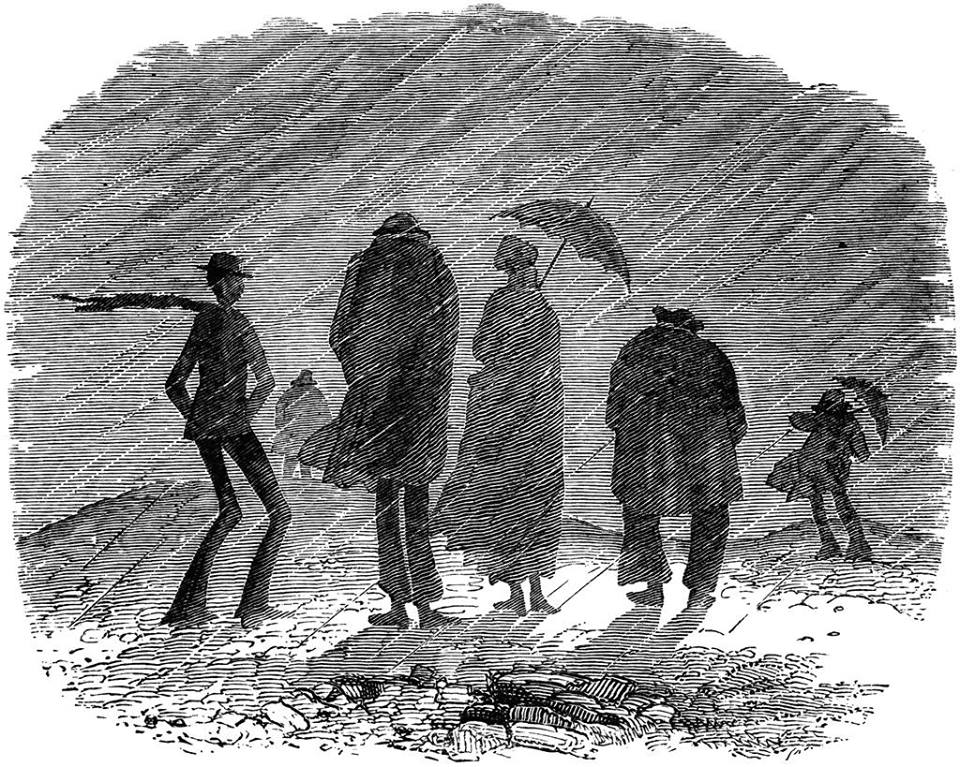Temperatures can get cold. And living organisms have to find ways of keeping themselves warm. Humans use clothes. Polar bears grow fur. Whales are lined with blubber. And many animals avoid the cold by migrating to warmer parts of the planet. But for cold-blooded animals - such as fish - things are sometimes more complicated. Especially when they live in waters which are ice-cold, on a seasonal basis or not. The formation of ice in an organism is dangerous because it can damage cells irreversibly. To solve this problem, Nature thought up an antifreeze system which hinders ice formation: antifreeze proteins. There are all sorts of antifreeze proteins but one is particularly special - Maxi - and keeps fish alive in waters as cold as - 1.9 °C. As its name suggests, it is much larger than the other antifreeze proteins known to date, but it also behaves very differently. What is more, its 3D structure has shed a very different light on the way the core of a protein is formed.
In 1957, the first 3D structure of a protein - myoglobin - was resolved by X-Ray analysis. This marked the beginning of a greater understanding of a protein's intimacy and how it folded, ultimately defining its function. Over the years, scientists came to the conclusion that the core of a protein is essentially hydrophobic and that the water molecules which are present - although perhaps used as a sort of lubricant as the protein is folding - either evaporate, or are evacuated. As such, the stability of a protein is guaranteed, in part, by its hydrophobic core.
But researchers hadn't counted on the existence of Maxi. Maxi is a very long antifreeze protein (AFP), of which there are many kinds. The first fish AFP was discovered in 1975. Those discovered until now are all small, have a characteristic helical structure and are full of alanine residues. They check ice growth by binding to the beginnings of an ice crystal, thereby preventing other water molecules from binding to it, and preventing further crystal development. The thing is, these small AFPs only seem to be effective in waters whose freezing temperatures do not exceed - 1.5°C. And the Winter Flounder, for instance, lives in the North Atlantic where water can reach - 1.9°C, which is the freezing point of seawater.

In 2005, scientists reported the existence of a rather long dimer isolated from the blood of a flounder, whose structure is mainly helical, and its alanine composition very high - up to 60% of the protein's total amino-acid make-up. Consequently, besides the size of the protein, its structure and alanine content echoed those of the "classical" antifreeze protein. From a purely physical point of view, the mere size of the protein would be enough to check ice crystal growth not only fast but over a greater area than its AFP counterparts.
Almost ten years after Maxi was discovered in 2005, researchers reported on its very unusual 3D structure. Maxi is a dimer of two rod-like structures - each of which is a two-helix monomer. The monomers are folded exactly in their middles, so as their own C- and N-terminals touch, and are arranged in a head to tail fashion forming a four-helix bundle. Unlike the other AFPs, there is very little contact between the monomers - just the middle of the rod-like structure, and the ends. This leaves a lot of space between the monomers, which - to the scientists' astonishment - is filled with a highly organised layer of 400 water molecules.
The common belief that the core of a globular protein was hydrophobic was shattered. Here was a protein whose structure and stability not only depended on an aqueous centre but, apparently, its function too. While the residues which bind to ice are situated on the outside of a "classical" AFP, in Maxi they are located inside. The relay between Maxi and a growing ice crystal is made possible thanks to the water molecules themselves, which stretch out like aqueous arms from the protein's interior to the outside. Why Maxi has evolved this way remains a mystery; it has been written that perhaps it omitted to consult the instruction manual and went about it its own way...
It took some time for researchers to come across Maxi, simply because its concentration is so much lower than that of other AFPs in a Winter Flounder, besides it being extremely labile. But now it has been discovered, this curious antifreeze protein should offer new insights into the energetics, the kinetics and the mechanisms of protein folding, which seem to be more subtle than initially thought. Much in the way the "one gene, one protein" dogma has been tested by the current knowledge of post-translational modifications, so, it seems, has the principle of a protein's core. Perhaps yet another lesson from Mother Nature suggesting, yet again, that a dogma is made to be broken.

